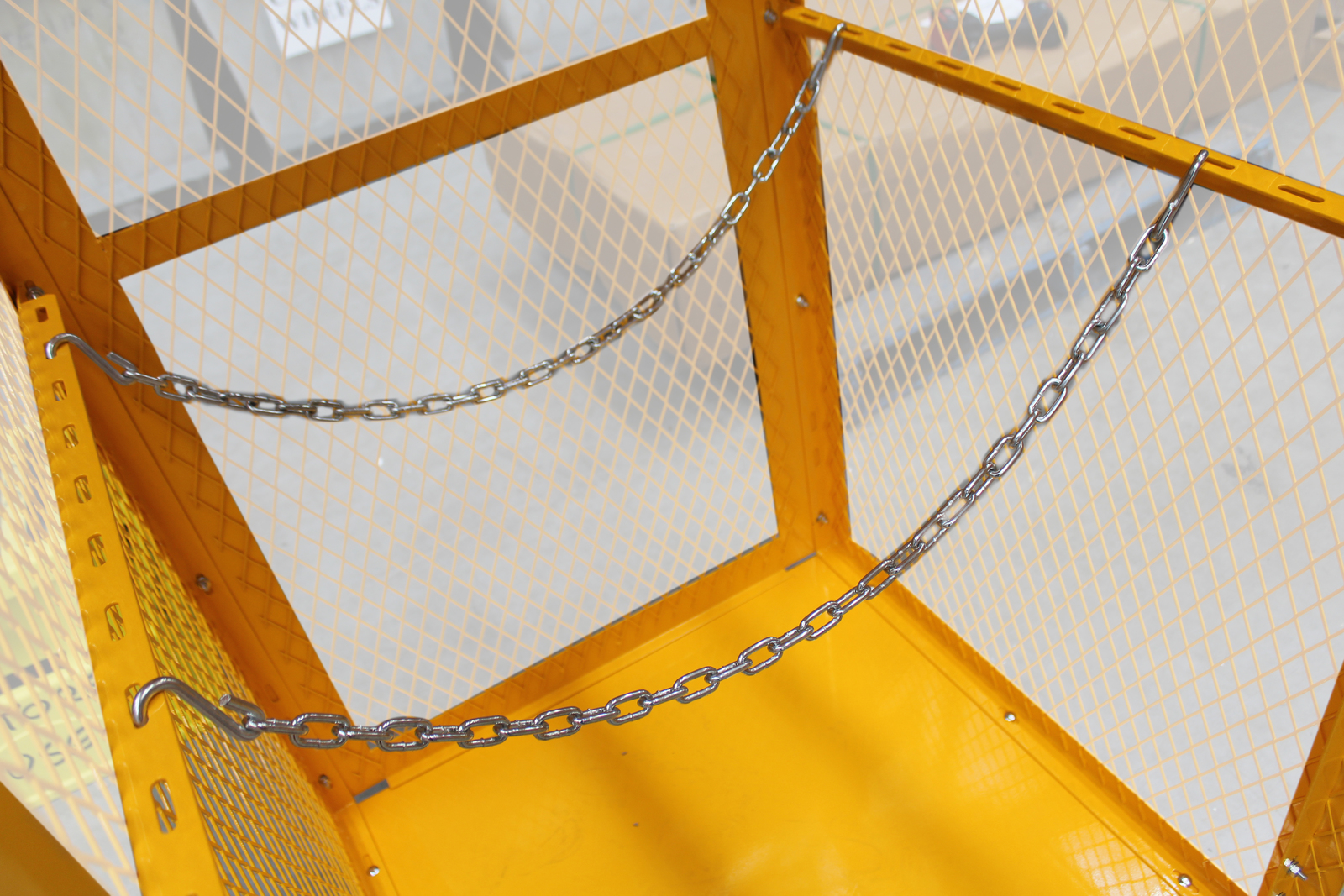Everything you need to know about gas cylinder cages

If the cylinder falls, don't try it. More people are injured when trying to hold a compressed gas cylinder than any other cylinder related accident. Use a service lift or "dumb water" to move the cylinder from floor to floor. Do not ride in a lift without a gas bottle cage, use stairs instead or meet them at the companion's arrival area.
Suspected gas leaks must also be treated carefully. Report the situation to your supervisor and equipment supplier immediately and call the cylinder for service. Once the cylinders are connected and the systems are assembled, the valve and fittings must be checked for leaks. Cover the surfaces with a thin soap solution. The bubbles will indicate the leak. Strong or perfect fitting if possible.
If the leaks cannot be fixed, alert all area employees and supervisors immediately. The procedures outlined by your company or instructions provided by your supervisor. Material safety data sheets should also be consulted for the gases involved. Learn the properties and risks of the gases you work with. Learn how to safely store and transport with gas cylinder cages. Be aware of how regulators, CGAs, and pressure release devices work. Think ahead and prepare to use compressed gases.
Compressed gas cylinders must be handled properly. Otherwise, there may be related risks like collapse, fire, explosion or dangerous gas leak. That's why safety guidelines on compressed gas handling are so important.
Here are some safety measures to safely handle a gas cylinder:
- It should be kept in a special room with a fence and lock.
- An authorized and trained employee can only enter the storage room.
- Protect the cylinders securely against the mechanical rack using racks or other means.
- When it is not used, the valve cap should always be in place.
- Manually use a strong hand truck to move the gas cylinder, which can hold one or two.